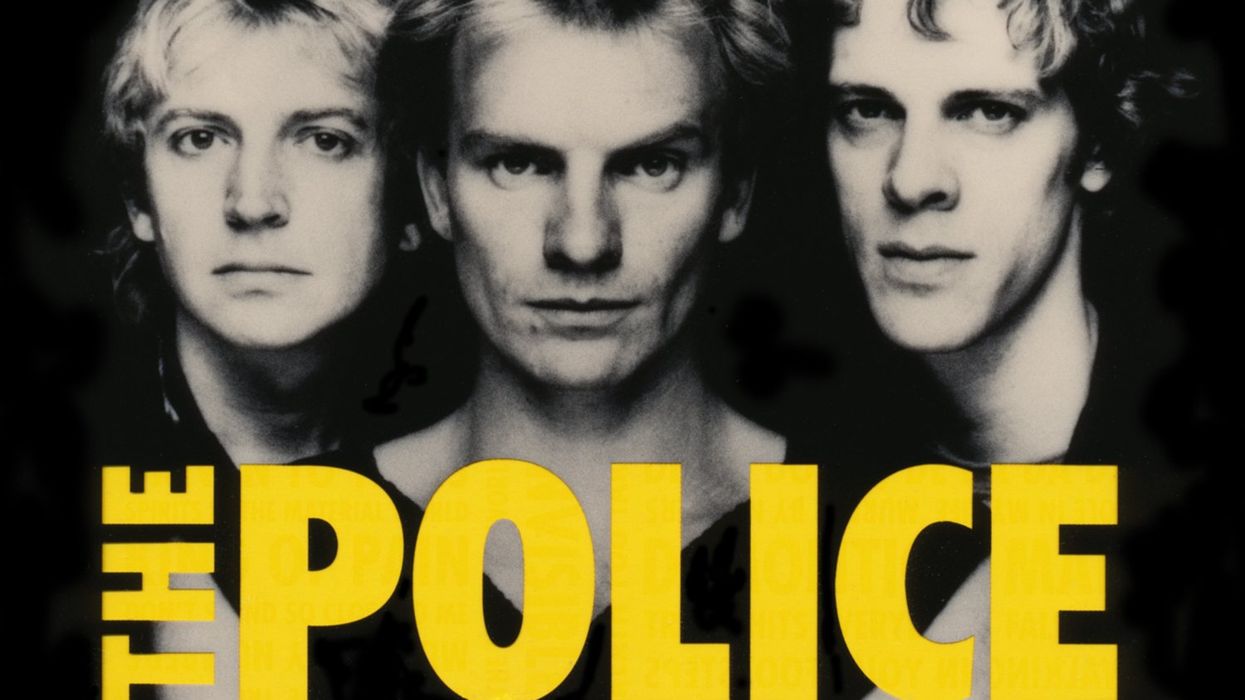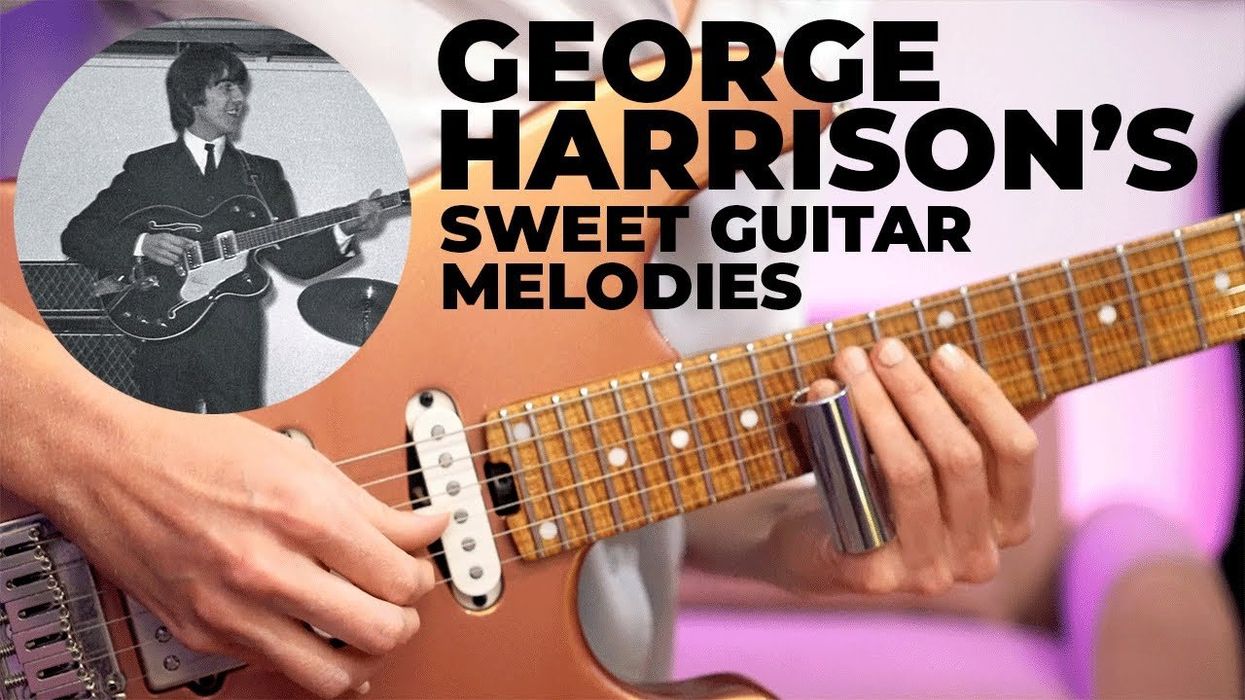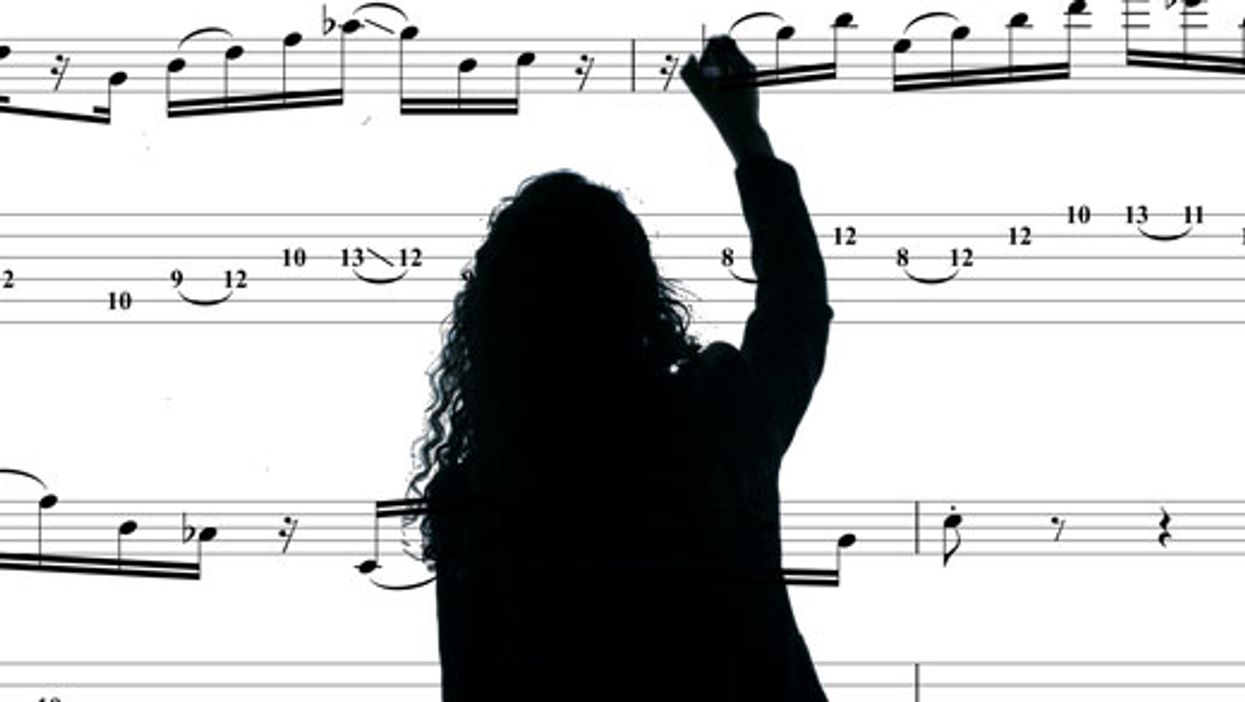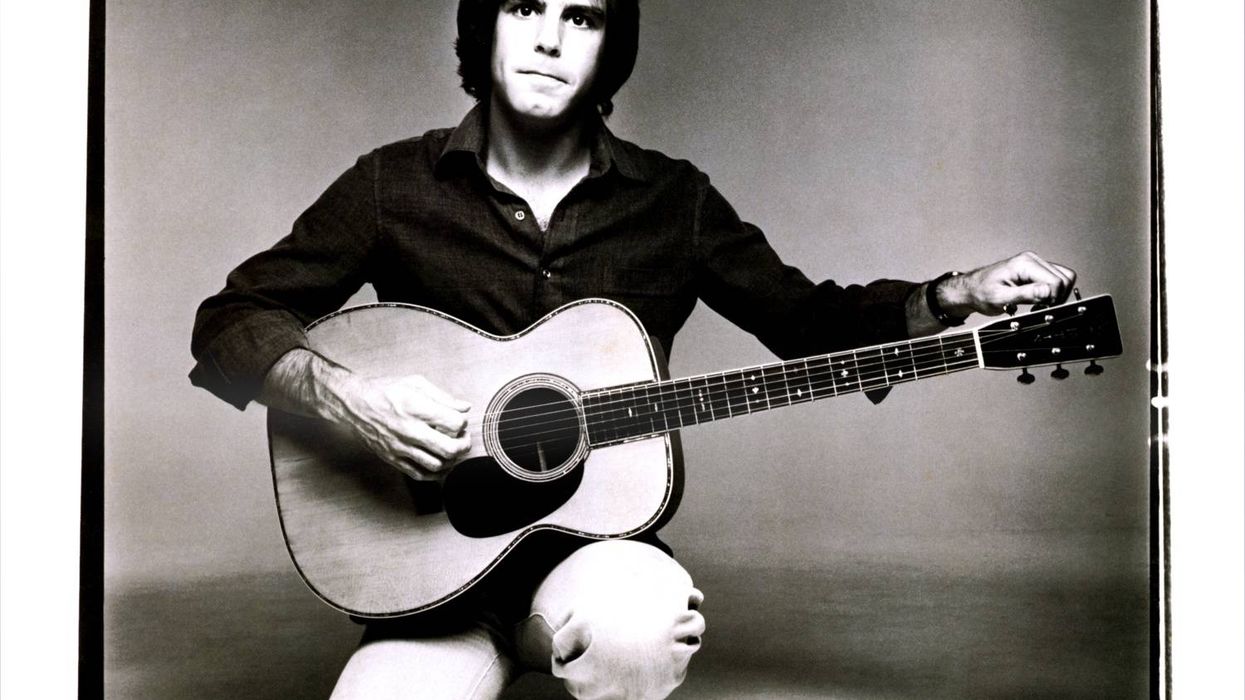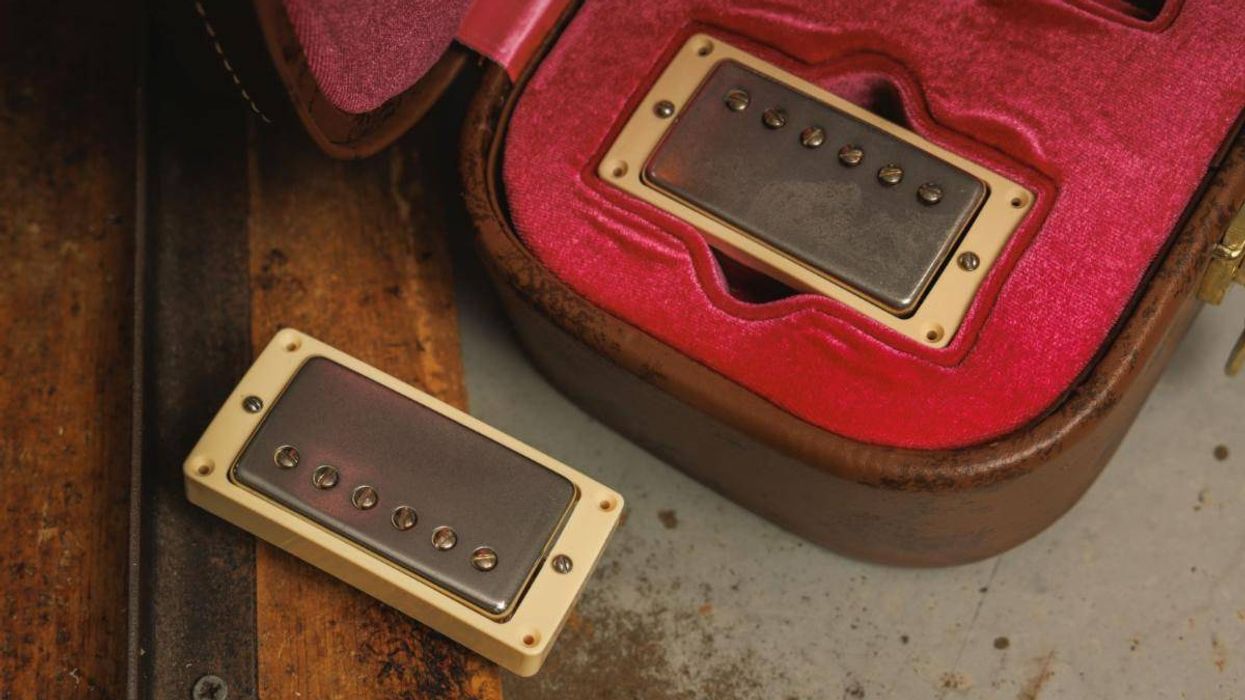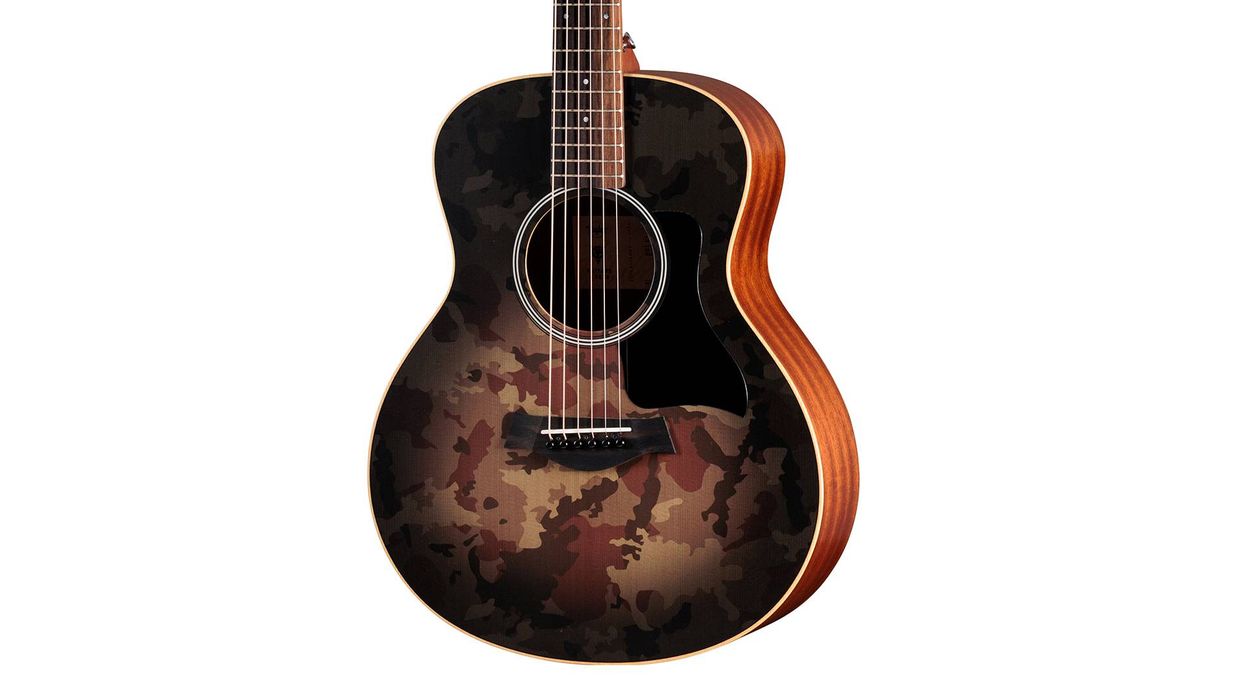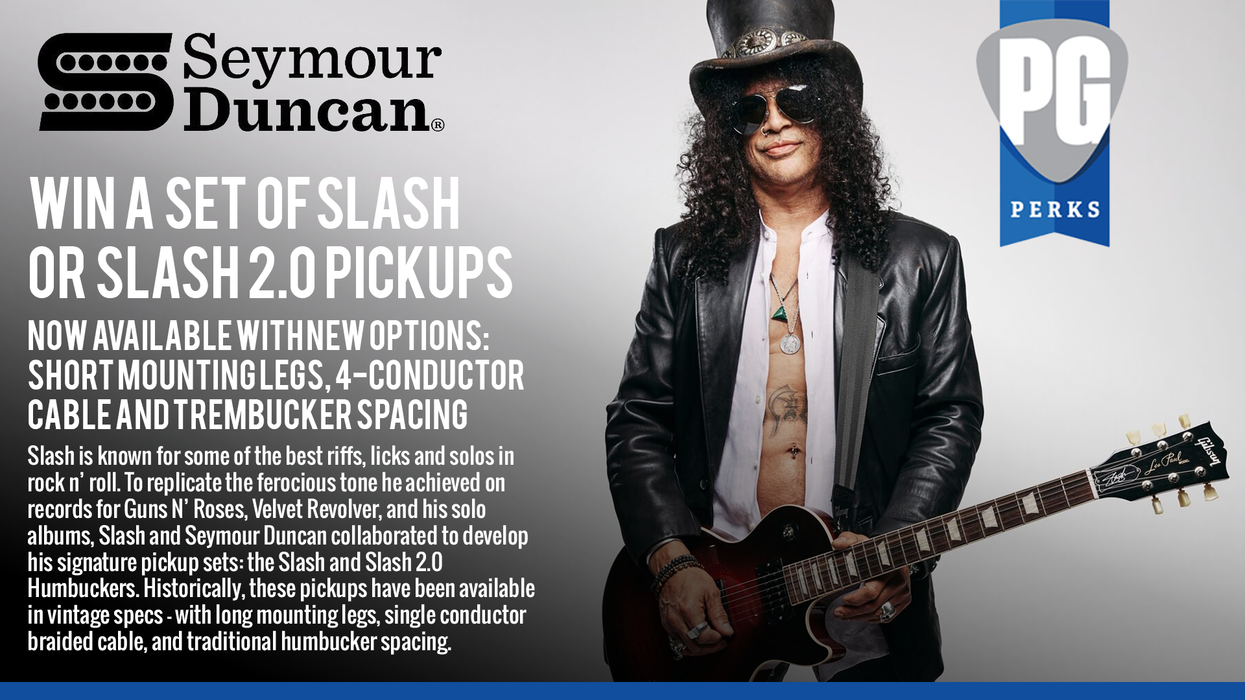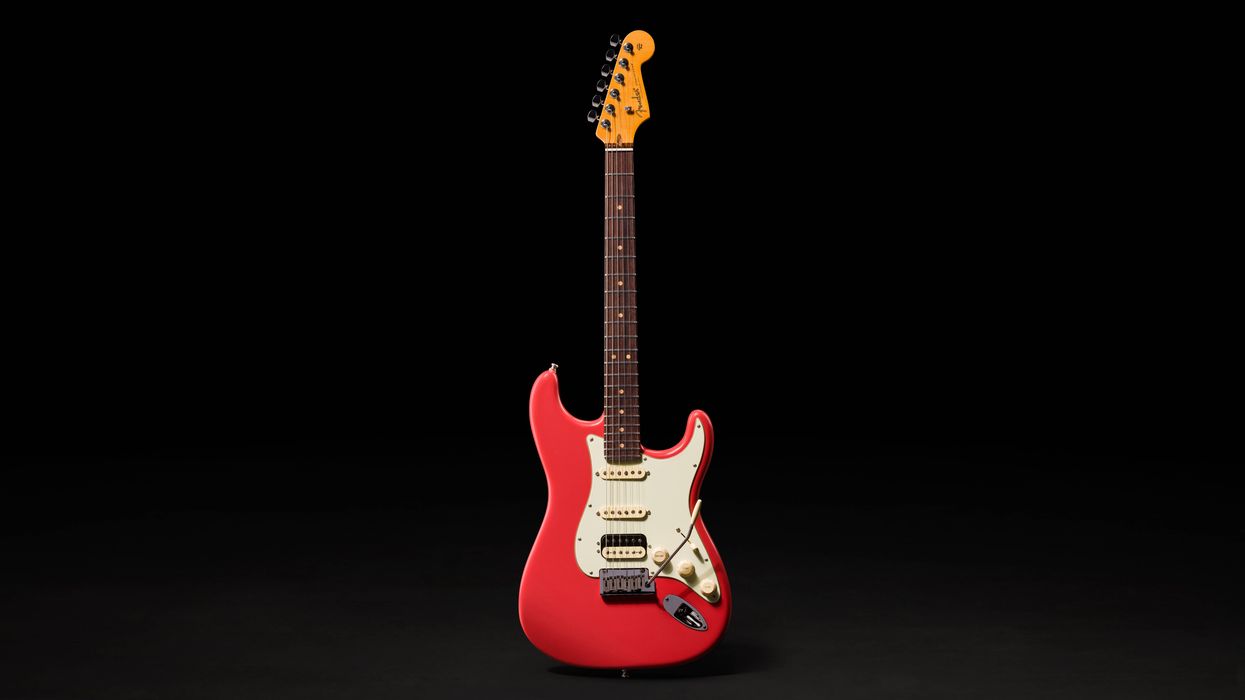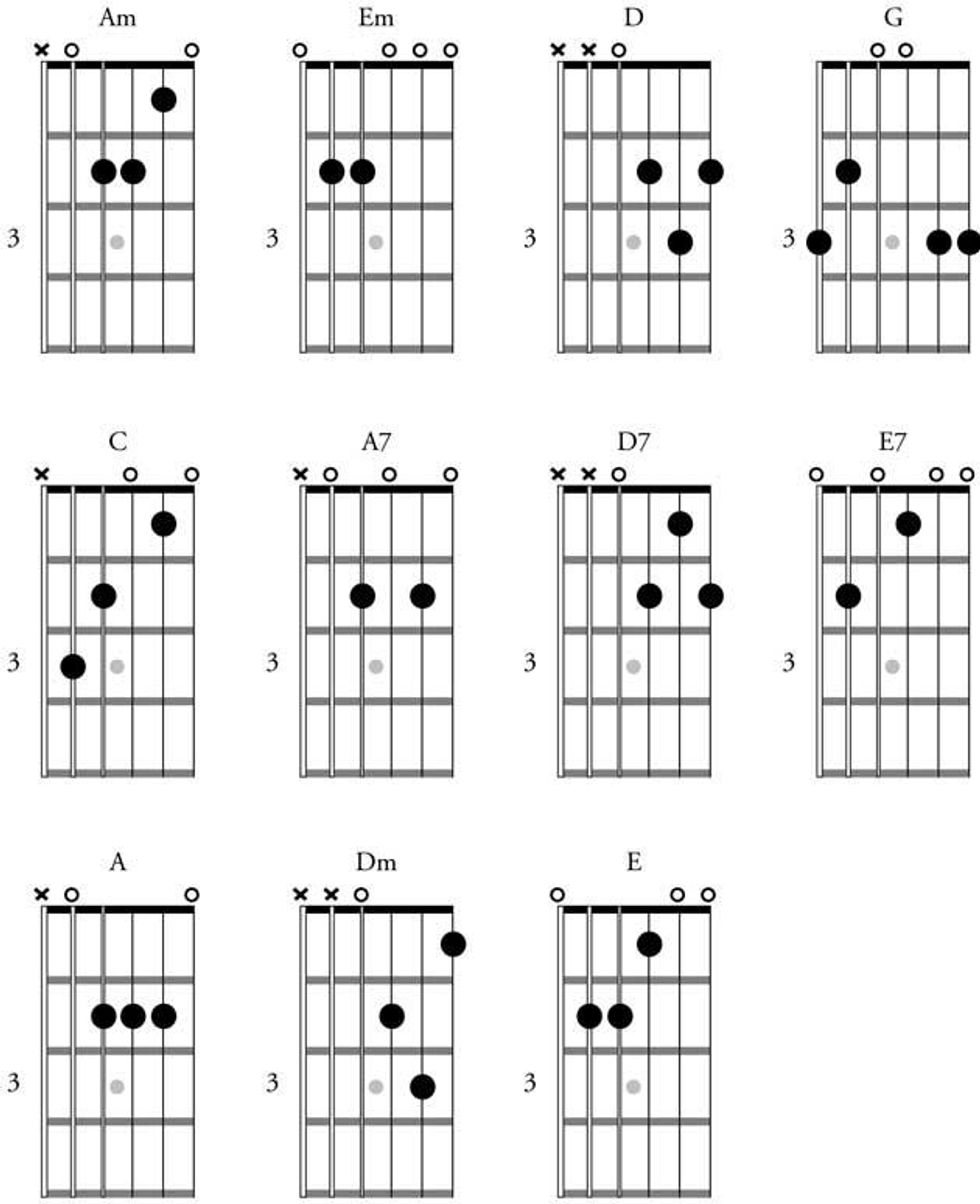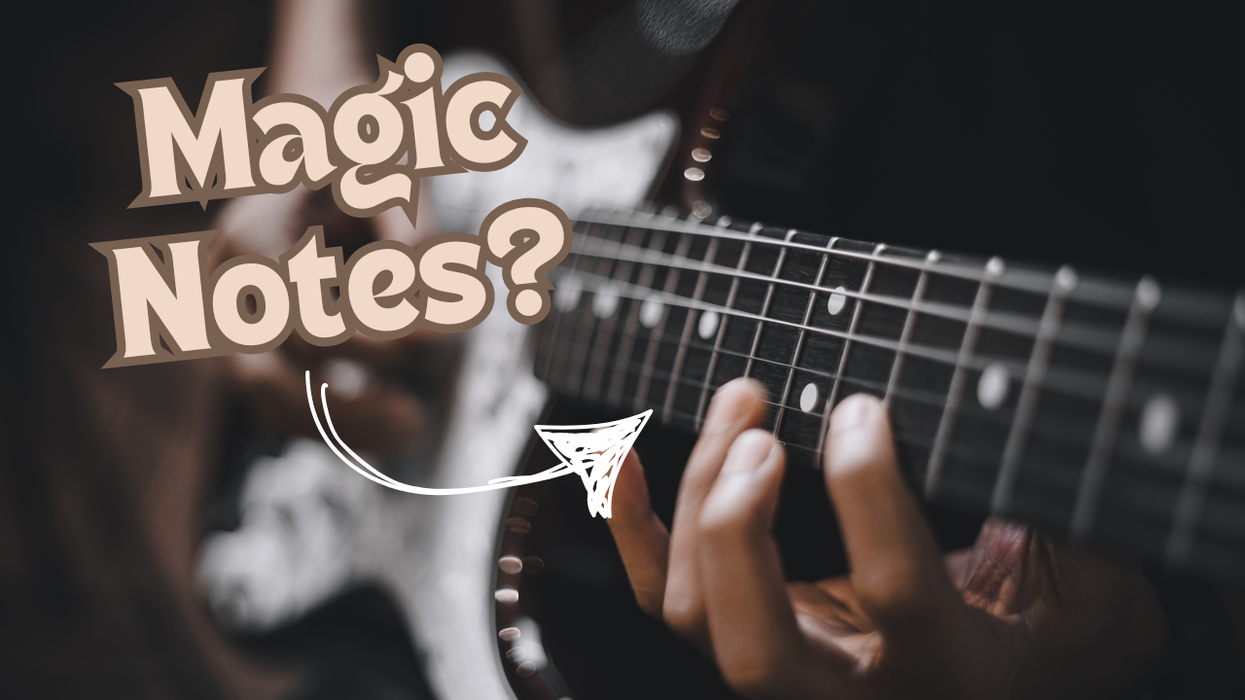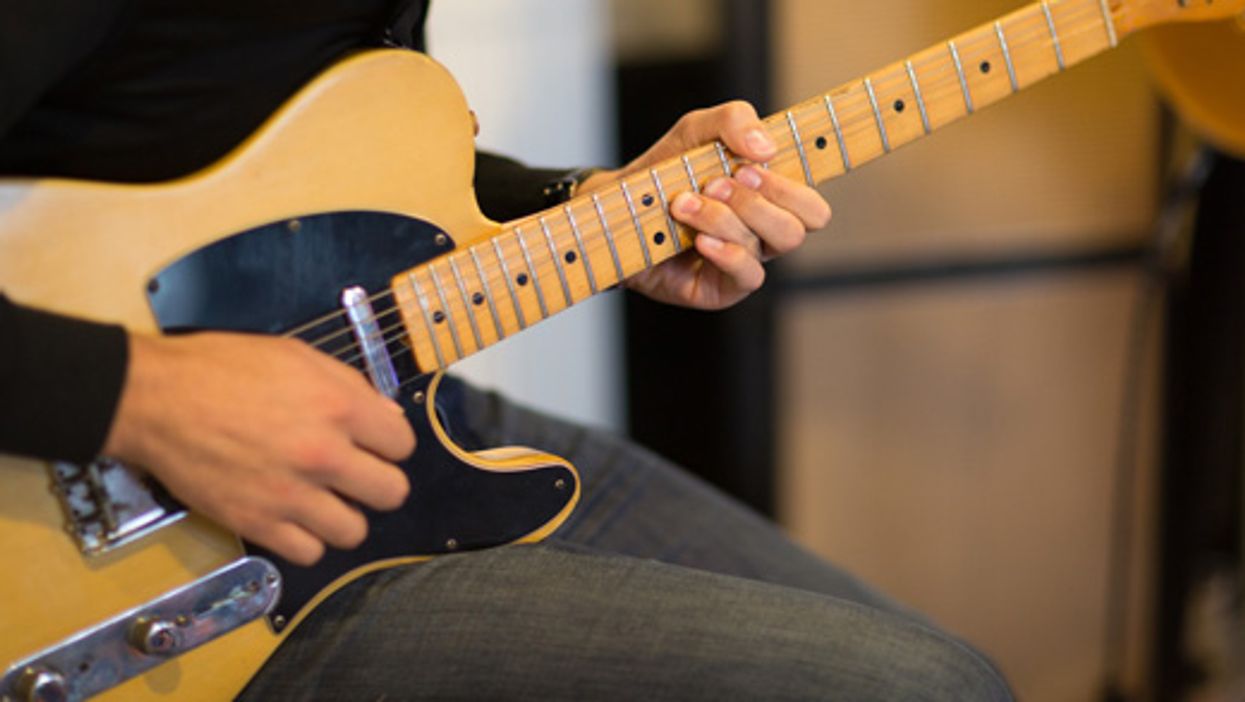Chops: Intermediate
Theory: Beginner
Lesson Overview:
• Create angular and melodic phrases using open strings.
• Learn how to combine major and minor tonalities.
• Improve your hybrid picking.
Click here to download a printable PDF of this lesson's notation.
When I first started learning guitar, I was mostly interested in playing rock and blues and never gave much thought to open strings unless they were an integral part of a riff. It wasn’t until I was a classical guitar major in college that I came to appreciate the use of open strings, not just for their sound, but also for making difficult position changes easier. I found that in addition to producing a unique tone, open strings could be a great tool for connecting phrases that would otherwise be impossible to finger.
In this lesson, we’ll use open strings to execute some fun rhythmic riffs and solo lines. So grab your guitar and put on your hunting cap, because it’s open season on open strings!
For the boogie riff in Ex. 1, I borrowed some ideas from the legendary guitar wrangler Jim Campilongo. It starts with alternately bouncing off the open 5th string with the pick and plucking the 4th and 3rd strings simultaneously with the middle and ring fingers. Be sure to separate the open-string pattern from the plucked notes so they feel like two separate parts. Play the double-stops at the end very staccato—almost like a piano part.
Click here for Ex. 1
The next example (Ex. 2) is an excerpt of my solo from the title track of Van Davis’ Come with Me. King’s X’s dropped-D grooves were a big influence on this tune, but the solo ended up with an almost Irish flavor due to the rapid hammer-ons and pull-offs. I saw a video of George Benson using a similar technique when he was trying to emulate the sound of bagpipes.
The solo, which is basically in E Mixolydian (E–F#–G#–A–B–C#–D), starts with a quick hammer/pull pattern in the 7th position. Repeat the pattern almost exactly in the 5th position, except after the open strings, play C# on the 3rd string. Finally, shift down to the 4th position before ending with, wait for it ... more open strings.
In the second measure, the phrase starts again with the 7th- and 5th-position patterns, followed by a jump up the neck for a quick flurry to the open E in the 10th and 9th positions. Repeat the first measure again (with a very slight change on the last two notes) before ending with a simple descending phrase from E minor pentatonic (E–G–A–B–D).
Keep in mind that the individual notes are not as crucial as the overall arc and movement of the line. When you practice the lick slowly, it might sound a bit messy with the open strings ringing out over the fretted notes, but once it’s played at tempo, it becomes a driving and propulsive solo. Try experimenting with other hammer/pull variations and different keys—as long as the open E and B notes work with the key you’re playing in.
Click here for Ex. 2
“Assgrass” (Ex. 3) is an up-tempo bluegrass tune of mine that’s played almost exclusively on the open 3rd string. I gave the song a silly title to embarrass my acoustic guitar duo partner, Nat Janoff, who would announce the tunes before we played them.
Starting on an open D, slide up from F to G on the 4th string, and then let ’er rip on the open 3rd string with steady alternate picking. Then bounce off the 5th and 3rd fret, sneaking the open 3rd string between those notes before resolving on the 3rd fret and open 4th string. Now repeat the same phrase, but hold the 3rd-fret Bb. At the end is a Steve Morse-style lick that bounces around before a semi-chromatic run up on the 5th string to the 5th fret and back down the major scale to the low G.
I recommend tackling this slowly at first, so you can make sure all the picked notes sound even. My students often ask about playing fast, and one trick I’ve learned is not to pick too hard, but rather lighten up your attack so the notes fly out with less effort.
Click here for Ex. 3
The final example in Ex. 4 is from “Gimme Five,” an instrumental piece I wrote in 5/4 that features the fun challenge of an alternating lead and rhythm part.
This starts with a six-note picking pattern in D major (D–E–F#–G–A–B–C#) out of the 7th position. On the last note of the repeated phrase, slide your fourth finger up to B on the 12th fret of the 2nd string before transitioning into a simple phrase that hints around A major.
Next is a rhythm figure consisting of three chugged open 5th strings, followed by a triad that moves up the neck and builds tension over the bass figure. Be sure to mute the low-note chugs as you let the ascending triads on top ring out. The next measure is exactly the same as the first one, but this time it moves into a fast descending riff out of E Mixolydian. The tricky thing in this section is that the F# on the 3rd string is hammered with the fretting hand. The open string provides a brief moment to prepare for the final ascending ascent in E major pentatonic (E–F#–G#–B–C#). Let it ring and sing!
As in the previous example, I recommend keeping the picking light on this pattern. In the audio sample, I’ve included the bass line to help illustrate the harmony at tempo.

